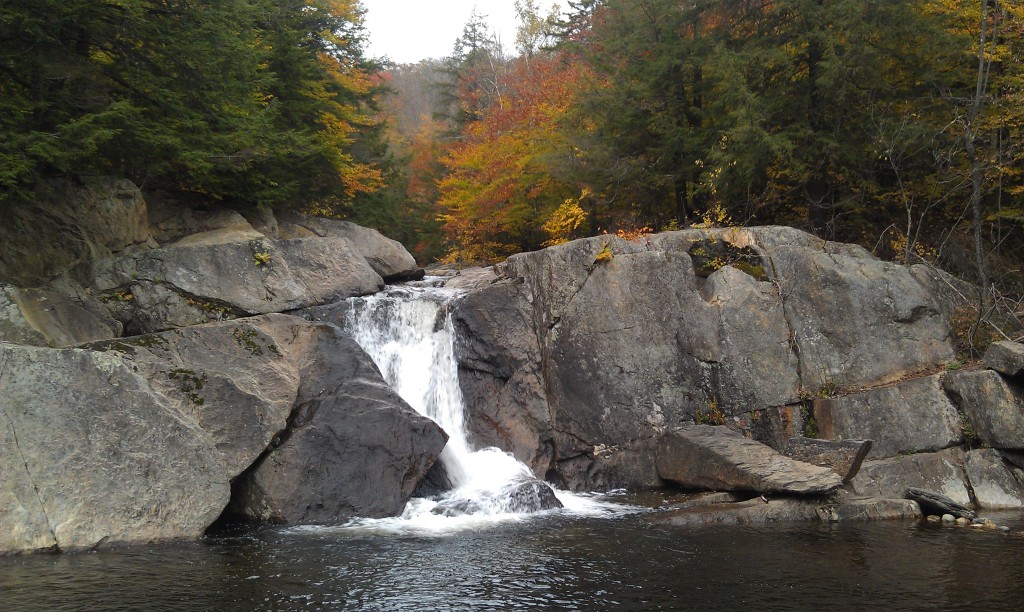Optimal Water for Tea
By Tea Lover

Many of us have probably heard the old saw in one form or another – water is the mother of tea. It is possible this version of the saying could extend to include the moisture the tea plant receives when growing tea leaves, but most of the time people are talking about the +90% of the liquid content in a cup of tea.
If water is the prime ingredient in a cup of tea, the supposition is that good water is needed to make good tea.
So I began to dig to find the best info on what makes for good water.
First off there is a big assumption here – using water that is good in quality or that tastes good by itself will result in good or better tea. But what if using water that tastes mediocre by itself is actually better suited to making better tasting tea than using good tasting water? It would be worthwhile to see that scientifically tested and measured.
Qualities of Better Water
Information is more available when you assume that better water makes better tea, so it makes sense to start by looking at some of the information on what makes for better water. There are a few categories to consider when defining the qualities of better water:
1. Contaminants. Contaminants is a larger category that includes things like pesticides, bacteria, and even pharmaceuticals. It could be possible that some form of contaminant might improve the taste of the water (or tea), but most people will cringe at the idea of adding a “contaminant” to “pure” water.
2. pH. At its simplest, a water’s pH is a measurement of the ratio of hydronium and hydroxide ions. The general rule is that “good” water has a neutral pH of close to 7. Too acidic water tastes sour, and too basic tastes bitter. Can the general public detect a difference in water of pH 6.8 and 7? If so, do those same noticeable differences express themselves in a cup of tea? I have yet to see scientific testing on this.
3. Oxygen. The common remarks about oxygen in water suggest that freshly drawn water from the tap or spring is higher in oxygen. It also suggests that water that has been excessively boiled loses oxygen. It is not only about volume of oxygen. Natural spring water is occasionally described as containing longer chains of oxygen molecules, and claims are made that better water should also have these chains of oxygen molecules. The idea being that oxygen in water releases more aromatic compounds and gives tea better taste. Here again, there are very few specifics on how much initial oxygen is necessary for optimal water. Is it always a case of the more oxygen, the better? At what rate does boiling deplete oxygen from water? Do those chains of oxygen molecules really make a difference in the final tea product, or are perceived differences caused by something else?
4. Minerals. Mineral content is probably the the most frequently covered factor in evaluating water quality. Minerals contribute to water hardness. In many cases water hardness is caused by the presence of calcium and magnesium ions in water. In cases of temporary hardness, boiling the water can reduce the water’s hardness. In other cases, minerals are measured in total dissolved solids (TDS), and these sorts of minerals are more difficult to filter. Generally, minerals like sulfur and iron are considered undesirable for both good drinking water and optimal tea-water.
When the factors of pH, oxygen, and minerals are combined, it becomes less clear as to which is necessarily the primary consideration for determining a water’s taste qualities. For example, are there instances where long chains of oxygen molecules counteract the weaknesses created by certain mineral levels.
Purification: Making Water Better
In the case of finding or creating optimal water, there are options. However, the chain of evidence as to what makes for optimal water may be weak.
David Beeman and his company Global Customized Water (formerly Cirqua) have worked with tea and coffee companies to create water solutions. These solutions are referred to as “formulated water” because it often involves bringing the water to a zero, or neutral state in terms of minerals, and pH, and then inserting the proper hardness back into the water. This article from back in their Cirqua days shows how they seek to create optimal water for tea. In their descriptions, improper mineral levels are responsible for cloudiness in tea and for oily films floating on top of tea liquor. Note that even within the article itself, there are differences between what may be optimal water for coffee, tea, and perhaps bread.
Other paths could offer optimal water. Research has shown that bamboo charcoal can remove contaminants, but the anecdotal evidence (website exists, page does not) goes further.
Tap water should not necessarily be dismissed either. Mineral Waters of the World (website down) keeps records of water quality of many waters available in different countries. The Berkeley Springs International Water Tasting Awards top municipal tap waters and purified drinking waters.
In the end, it may be found that there is no one optimal water for tea. It may simply be a matter of the right water combined with the right tea.
